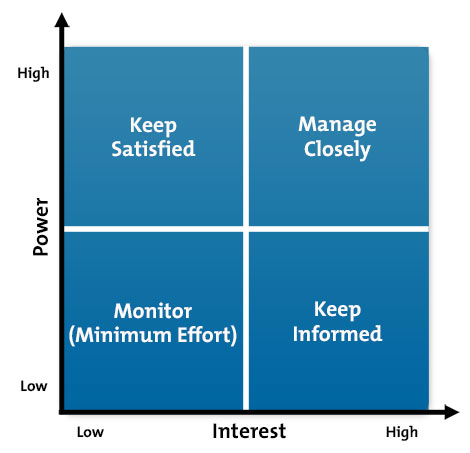Introduction
A great number of people are involved in project management. Projects can vary in scope from building a railroad through opening a small shop to planning a vacation. For realizing significant business projects, though, there are some steps that need to be made. These steps include choosing key figures: a project manager, team members, and stakeholders.
Choosing a Project Manager
A project manager is one of the key pieces necessary to get a project completed. The project’s success depends on the project manager’s ability to see the project as a whole, plan and organize the process and the stages of its execution, delegate, evaluate and change strategies quickly. A project manager also needs to be a good leader for their team.
They must possess personnel organization skills, the ability to understand and tolerate opinions of their team members and effectively coordinate them, as well as be able to encourage, cope with delays, resolve conflicts, have a good attitude towards the team and be familiar with the organization (Nagarajan, 2004, p. 5).
Our experience shows, however, that very few people can combine all of the named characteristics, and it is better to make a list of qualities necessary for realizing a particular project and choose people depending on how well they correspond to the needs.
Choosing Team Members
Choosing team members is also a crucial step that can define how successful or unsuccessful a project is. Sometimes the choice is made based on personal impressions about the project managers’ colleagues. From our experience, we can say that project managers who know their colleagues well and can immediately see how they fit into the project’s execution plan can make a successful choice (if the project is not too large and complicated).
For a less experienced manager, though, it is better to develop an algorithm for selection. Winston (n.d.) proposes to choose teammates in 8 steps. First, you need to break the project into stages; then consider what features are needed for completion of these steps. After that, you must gather information about the human resources you have, their personal characteristics and professional skills.
Next, you should list candidates for each of the steps of the project, and interview them to see if they are interested and are a good fit. You also need to ensure there are both people who can develop new ideas and people who pay attention to details in your team. And, finally, it is necessary to make sure there will be no personal conflicts.
Choosing Key Project Stakeholders
A project stakeholder is “a person, group, or organization outside your direct control that is involved with your project” (Thomsett, 2002, p. 86). Before starting a project, it is important to determine which people (or other entities) might be involved in your project and what kind of influence they might have, so that you can get support from them or minimize their negative influence.
It is suggested to perform stakeholder analysis in three steps: brainstorm potential stakeholders; grade them according to their level of influence (taking into account both their power and interest, see Fig. 1); find out what motivates these entities (Smith, n.d.). Fig. 1 shows the type of attention that should be directed towards the entities depending on the level of their power and interest.

Your key stakeholders will be those in the top right corner of Fig. 1. You will need to work with both stakeholders that are interested in your project and those opposing it; the second ones will need to be “worked around” (Smith, n.d.). As our own experience shows, a failure to choose proper stakeholders can lead to e.g. lack of funding, and major difficulties in the project’s realization.
Conclusion
Implementation of almost any project demands effective cooperation and mutual work of a number of people. Therefore, choosing project managers, the team and identifying stakeholders are crucial steps that need to be done for a project to be successful, which means that these actions need to be carefully planned and thought through.
References
Nagarajan, K. (2004). Project management. New Delhi, India: New Age International.
Smith, K. Stakeholder analysis: Winning support for your projects. n.d.
Thomsett, R. (2002). Radical project management. Upper Saddle River, NJ: Prentice Hall Professional.
Winston, B. (n.d.). How to pick project team members.